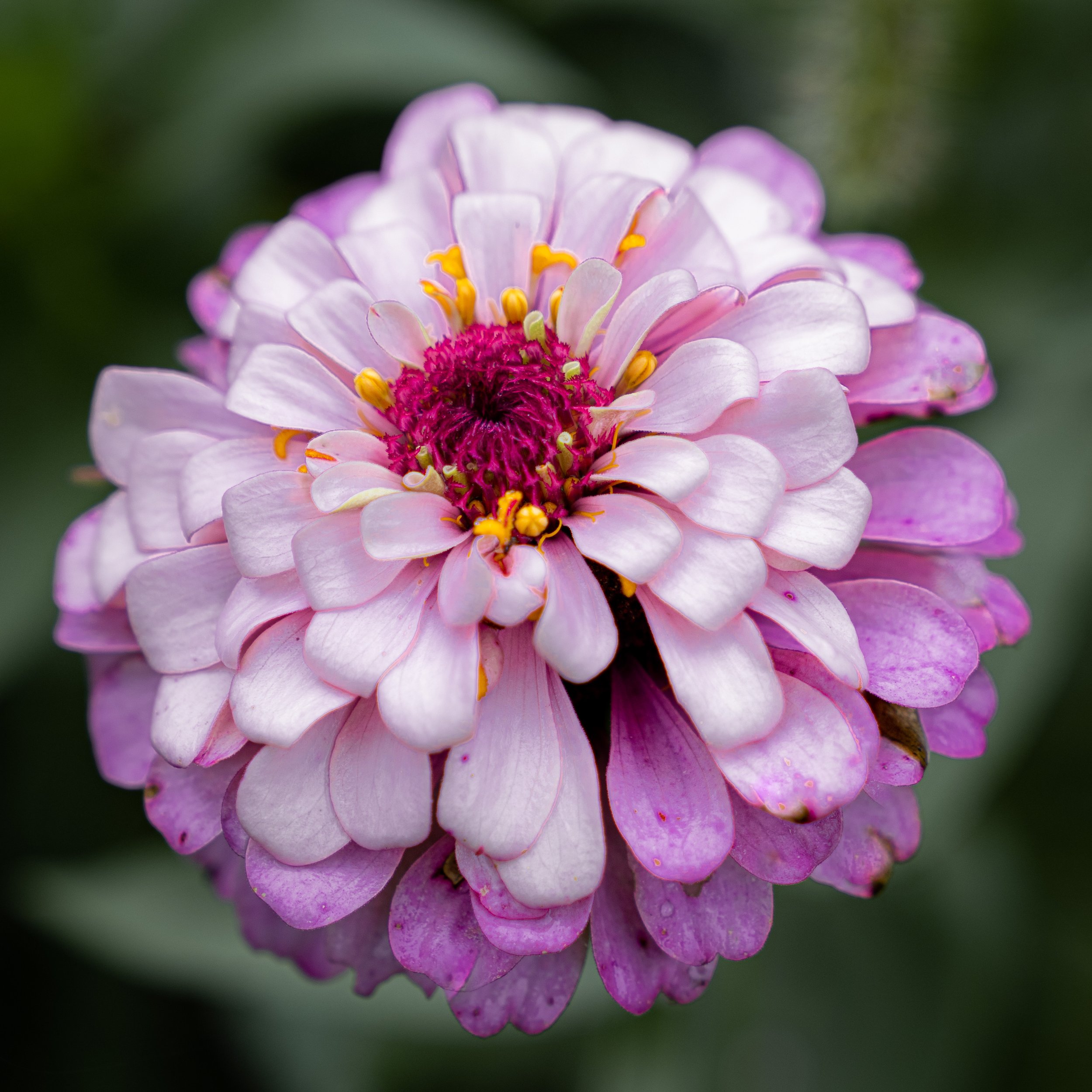In the Garden: Lessons from Summer Flowers
Aila Jo in the zinnia rows. This was an experimental extension this year that I’m looking forward to expanding next year.
Once again the humidity is stifling, the evening showers are moving in, and somehow it’s August. I feel like I’m still back in spring trying to organize my garden plan, and now it’s just about over and there’s definitely things I completely forgot to plant. It’s been a good season of learning though, and here’s a few of my top takeaways.
DRIP IRRIGATION IS MY BEST FRIEND.
I was watering everything by hand, but it was taking almost two hours a day after almost six weeks of no rain. I definitely didn’t have time for that. I ended up picking up a Mister Landscaper Vegetable Garden kit to start then bought additional tubing, connectors, and sprayers. It was so much easier than I anticipated! I got the whole thing set up in a day and with the addition of a hose timer, I haven’t had to do a thing. It’s a bit of a mess, but it works! One of my winter projects is to rerun it and bury the connecting tubing under mulch for appearance sake. I’ve spent less than $250 total and it’s been worth it to have that time back. I want to extend it to a few additional beds and also to some fruit trees when I redo it. Highly recommend if you’re looking to improve efficiency.
I also added these Rubber Cable Protector Ramps to place over the 1/2” tubing that runs in front of my backyard gate. This way I don’t have to unhook anything to drive the tractor over it. (I can’t bury the tubing because of electrical lines, but I’m too lazy to unhook the hose every time I need to cross the space.
‘Frozen’ Dahlia in bloom. Tuber from Bear Creek Farm.
I’m pretty sure this is the Spartacus Dahlia. Tuber also from Bear Creek Farm.
SOLARIZING GARDEN SPACE WORKED WELL.
I’ve been researching more non-invasive gardening practices to help protect the natural soil structure and all the organisms living in it. One method is the lasagna method where mulch and other amendments is applied in layers, but since the area I’m converting to garden space is full of Bermuda grass, I’ve been struggling with grass roots. It’s a definite battle. I first learned about solarization from my friend Sydney at Sacred Hollow Farm in Arkansas, and after seeing their results, I decided to try it myself! I used long strips of heavy plastic and anchored it down with landscape staples. Then I left it for 6-8 weeks. That’s it! Solarization uses the sun’s heat to wipe out weeds and supposedly soil pathogens. Once I removed the plastic (and rolled it up to reuse), I spread lots of zinnia seeds and they were able to sprout without being choked out by the grass.
I found it worked really well as long as I cut the grass extremely short first and then kept up with the surrounding grassy areas. I’ve neglected the area the past month and the Bermuda is starting to take over again. I plan to work out a firm plan and start the process again later this fall now that I’ve had success with it!
I NEED BETTER ANCHORING METHODS.
I just love this double zinnia, but it was in a mix, so who knows what it is!
I need to try using plant netting for my dahlias, celosia, and even the vegetables. Bamboo stakes are just not cutting it, and neither is a lighter gauge wire. I see why people recommend using the wire cattle panels. And speaking of redoing the garden supports, I also need to look into…
DEER PROTECTION!
fencing or other deterrents for deer. They finally found my garden and my fences are only 5’ high. I’m debating whether to redo the area completely with a larger perimeter fence or make a smaller area of plants the deer are more likely to go for. They definitely cleaned out all my strawberries, blueberries, and ate the tops off all the fruit trees. I was so sad!
You can check out some of the inspiration I’m drawn to on the Farm’s Pinterest here!
FAVORITES FROM THIS POST:
(As an Amazon Associate, any purchases made through these links may provide me with a small commission at no cost to you! Please help support my research, testing, and feed & garden bills!)



